PORTRAIT OF A LADY IN A BONNET
NICOLAS BENJAMIN DELAPIERRE
La Croix-Rousse 1734 – 1802 La Croix-Rousse
Oil on canvas, signed “N. B. D. L. P. / 1781.”
60 x 50 cm / 23.6 x 19.7 in, with frame 74 x 64 cm / 29.1 x 25.2 in
Nicolas-Benjamin Delapierre, born in Croix-Rousse near Lyon, began his artistic journey in the workshops of Charles Van Loo and Jean-Baptiste Chardin. Even in his early years, he displayed a refined sense of form and color, emblematic of the French school of the 18th century. Yet fate decreed that his greatest successes would unfold not in his homeland, but in Russia, where he arrived in 1767. It was there that his talent found its fullest recognition, securing Delapierre a place among the foremost portraitists of his time.
One of Delapierre’s earliest achievements in Russia was the portrait of Grand Duke Paul Petrovich, commissioned by Count Panin. The artist captured the likeness of the young heir with remarkable accuracy, earning acclaim from his contemporaries. This success solidified his reputation and led to prestigious commissions, including those from Count Pyotr Borisovich Sheremetev. For Sheremetev, Delapierre painted portraits of the count’s children, Nikolai and Varvara, which became part of the collection at the Sheremetev estate in Kuskovo. These works, executed with vibrant and expressive brushwork, marked a new phase in the evolution of Russian portraiture.
A striking example of his artistry is the Portrait of a Lady in a Bonnet, painted in Saint Petersburg in 1781. The canvas captivates with its harmony of colors and the freedom of the painter’s technique, evoking the finest traditions of French portraiture. The image is imbued with vitality, and the delicate interplay of light and shadow lends the sitter an air of natural grace and inner depth.
Delapierre’s oeuvre represents a synthesis of the French school’s classical traditions and the emerging currents of Russian portrait painting. His works reveal not only technical mastery but also a profound understanding of his sitters’ character. The artist’s return to France in 1785 marked the end of his Russian period, which left an indelible mark on the history of art in the country. Though his later years in France brought fewer triumphs, Delapierre remains one of the pivotal figures who shaped the visual identity of his era.
PROVENANCE
Paris, private collection
Tajan, Paris, Tableaux Ancien, 19 February 1999, lot 127 (as " DELAPIERRE, Femme au bonnet dentelle")
Paris, Galerie Heim-Gairac. Tajan Catalog (1999) has information on "Femme au bonnet dentelle [Woman with Lace Bonnet], 1779" but no image. Picture from Louvre file has notation "De la Pierre, Documentation Heim-Gairac," and no other information, but it appears to be the same painting.
LITERATURE
Государственная Третьяковская галерея, Живопись XVIII века. Том 2, Москва, 2015
Государственный Русский музей, Живопись, XVIII век. Каталог. Том 1, Санкт-Петербург, 1998
Краско А.В. Фонтанный дом его сиятельства графа Шереметева. Жизнь и быт обитателей и служителей, Санкт-Петербург, 2019
Benoît Berger Nicolas-Benjamin DELAPIERRE (ca 1739- Lyon, 1802): Visage(s) d’un portraitiste , La Lettre de la MiniatureN° 11. Mars 2012. Rédaction: ©Nathalie Lemoine-Bouchard.
Berger Benoît, «Sur les traces du peintre Nicolas-Benjamin Delapierre», Bulletin municipal officiel [de la ville de Lyon], 5710, 1eroctobre 2007




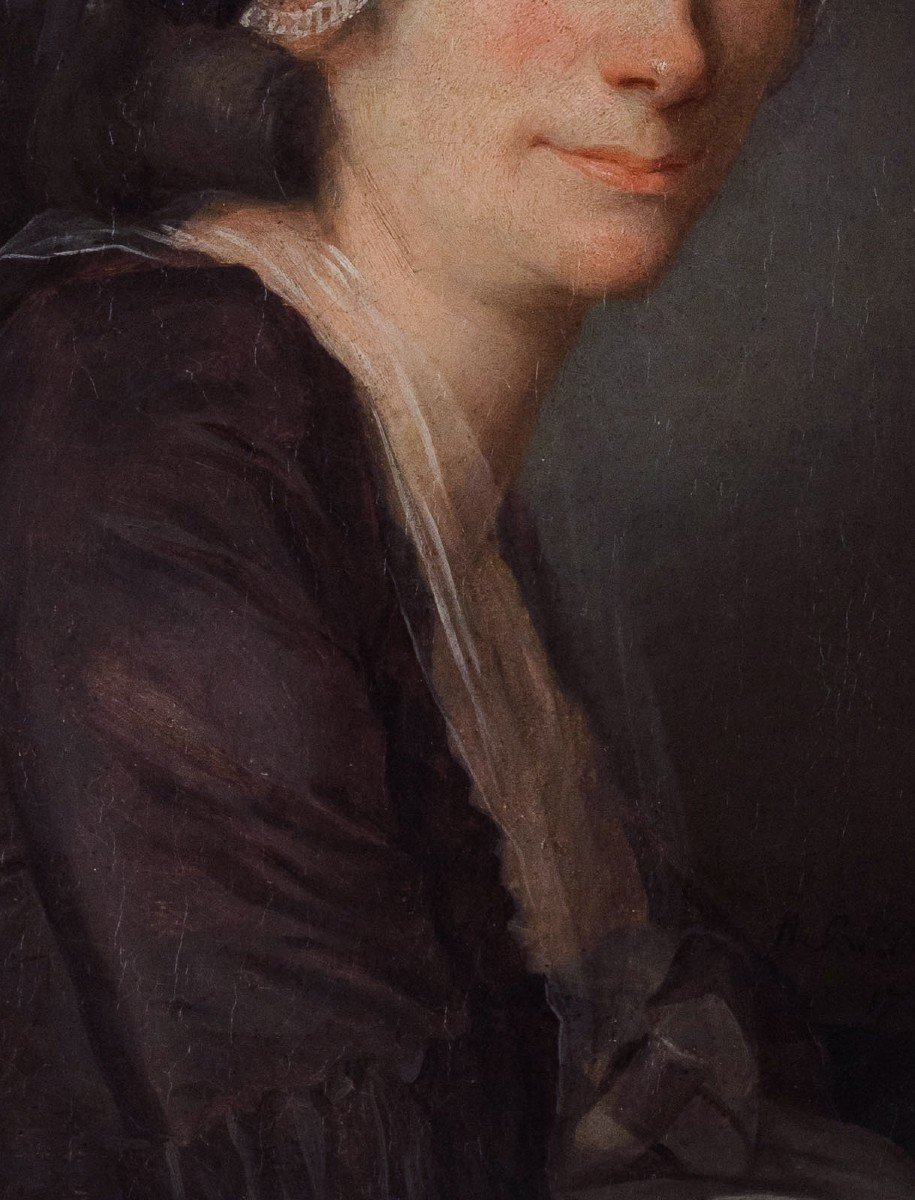








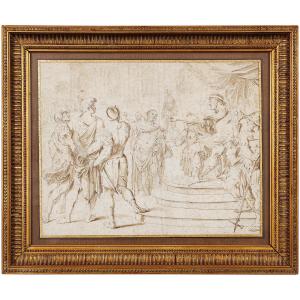
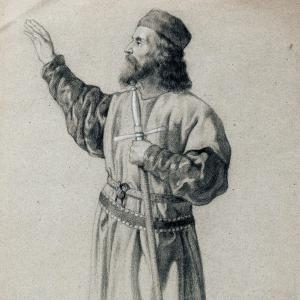

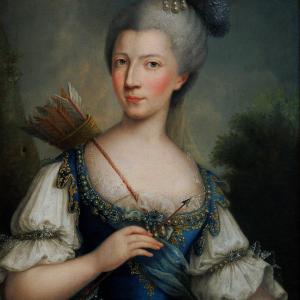

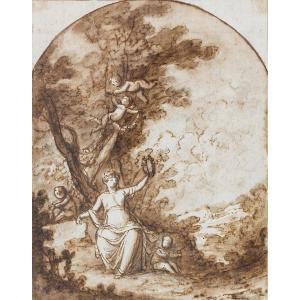
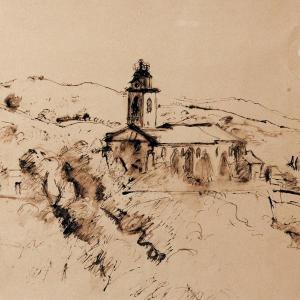


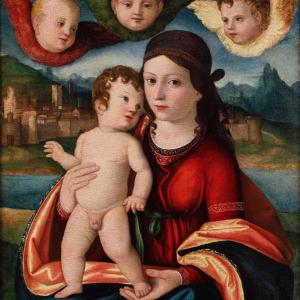

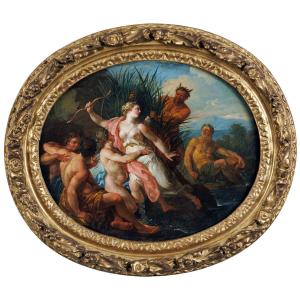











 Le Magazine de PROANTIC
Le Magazine de PROANTIC TRÉSORS Magazine
TRÉSORS Magazine Rivista Artiquariato
Rivista Artiquariato